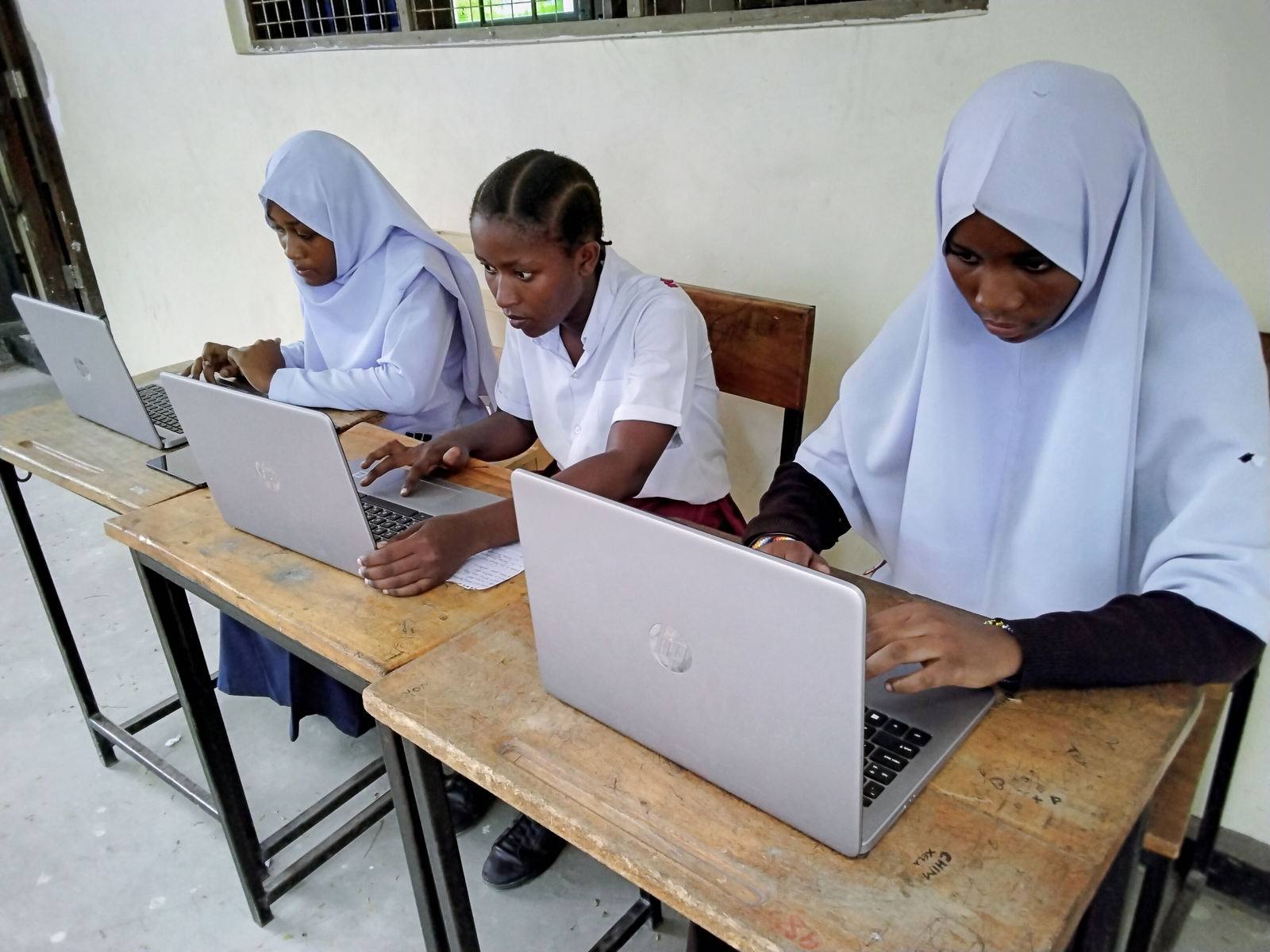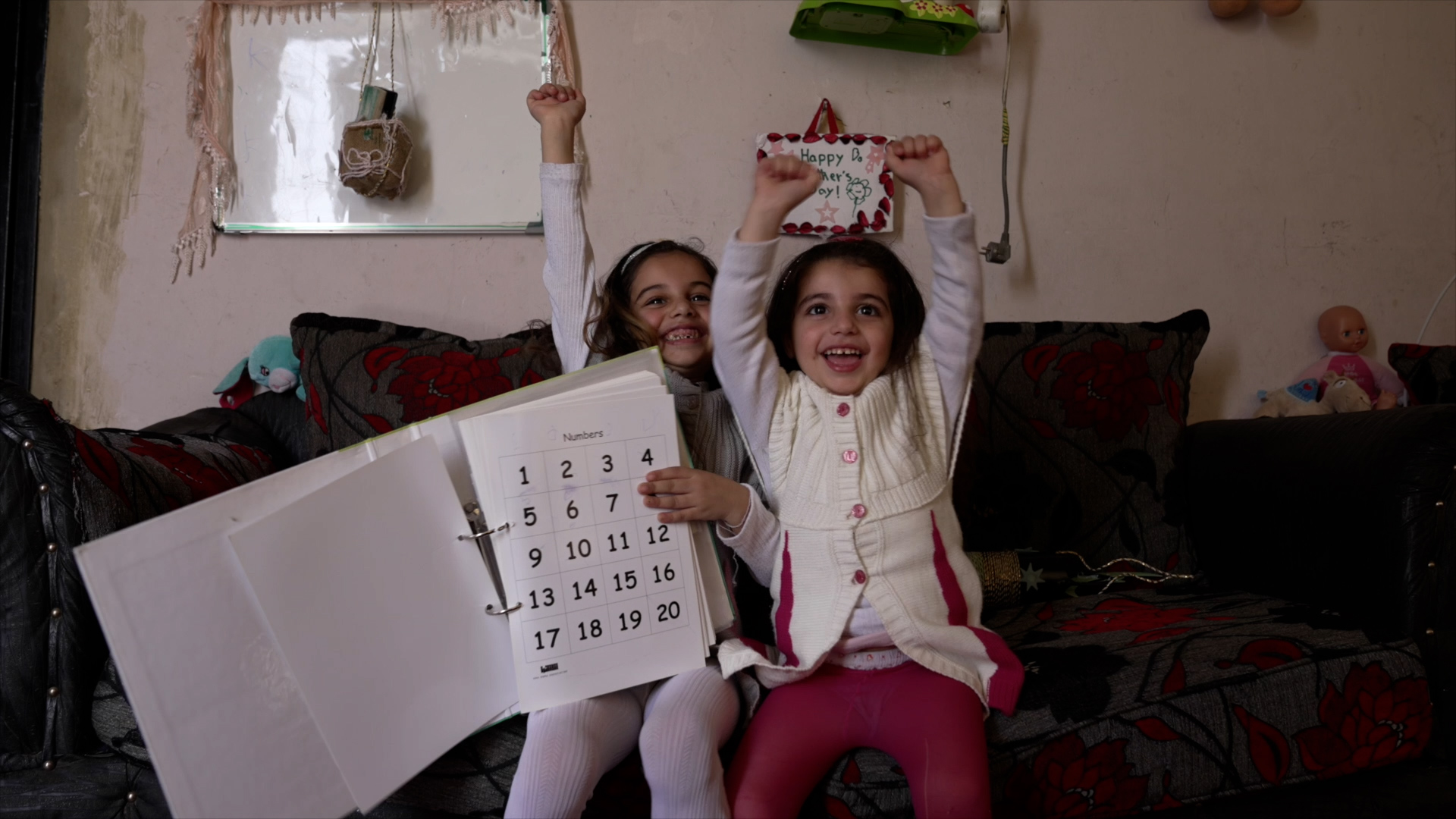
Lack of space, transport and money – why Syrian refugees are out of school in Jordan
Child labour, Education in emergencies, Girls' education, Refugees and internally displaced people, Right to education
A study of struggling families who are receiving cash help from UN agencies found that child labour and bullying are also factors.
No room in their local schools. Not enough money to pay for transport to get to classes that are sometimes far away. Having to send their sons out to work. Bullying from other children.
Those are among the major reasons Syrian refugee families have given for their children being out of school in Jordan.
New research has shown that one in five Syrian children there are not getting an education and 13% have never been enrolled – and that financial help would go some way towards easing the problem.
There are more than 658,000 registered Syrian refugees in Jordan – 80% of them living outside camps and most of them living below the national poverty line.
Many of them have exhausted their savings, sold their assets and got into debt just to survive. United Nations social assistance programmes are helping tens of thousands of families make ends meet.
The study – A Promise of Tomorrow – aimed to find out what effects the cash assistance programme by the UN refugee agency UNHCR and the children’s agency UNICEF has had on the lives of those being helped.
UNHCR provides cash assistance for 30,000 families in host communities while UNICEF provides an unconditional Child Cash Grant to 55,000 of the most vulnerable children.
When it comes to education, the study found that beneficiaries spend more money on children’s schooling – such as supplies and transport – than those not receiving cash.
The majority of parents said the financial help has improved their children’s academic performance and has helped some return to school.
Aura, whose family fled from Damascus to Amman, returned to school after two years because her family could afford to pay for her transport.
She said: “I always have the highest mark in school, I am a smart and well-known girl. When I was not in school I did not show my tears to anyone. I stayed strong but I was really waiting for school.”
“I couldn’t go to school on foot, so I left it. But I have returned back to school … when we started receiving vouchers and winter cash assistance.”
The study, produced with the Overseas Development Institute, revealed the main reasons for being out of school are lack of space (38%), inability to pay for transport (33%) and inability to pay for other school-related costs (30%).
But parents and children also reported rampant bullying, especially of boys, and sexual harassment of girls.
A teenage girl from Mafraq said: “There is a lot of violence between children from different nationalities. I feel uncomfortable when I am at school. They always bully us because we are from Syria.”
The study also showed that 90% of children under 12 are in school but only 48% of over-16s. Of those getting a regular education, 95% are in formal schools and only 5% in informal classes.
Girls have higher enrolment rates and lower truancy rates than boys at all ages – possibly reflecting the fact more boys go in child labour to support their families.
The Ministry of Education estimates there were 167,000 Syrian children enrolled in formal education in the 2016-2017 school year – a 15% increase on the previous year.
Theirworld has been campaigning for world leaders to keep their promise to get every Syrian refugee child into education.
That pledge was made in 2016 – but more than 500,000 of them are still out of school in Jordan, Lebanon and Turkey.
The study made many education-related recommendations, including:
- Raise awareness among parents of the importance of educating children
- Provide free transport for girls to get to school
- Invest in teacher training (including use of non-violent disciplinary methods)
- Improve access to education for children in families living in informal tented settlements
More news

